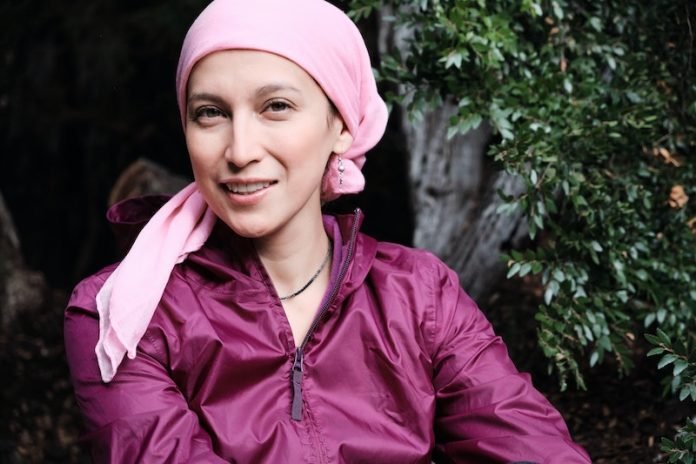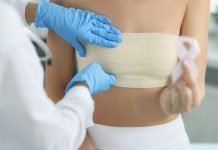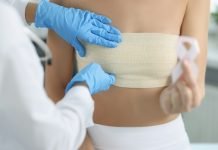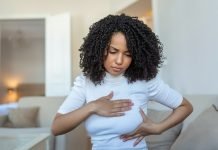
Breast cancer is a common disease in women all over the world. The American Cancer Society says 1 in 8 women in the US will get breast cancer in their life.
It’s hard to fully prevent this disease. But finding it early can help a lot. Doctors often look at breast density to see if a woman might get breast cancer.
This means looking at how much fibrous and glandular tissue there is in the breast. Studies show that when trained doctors use their judgment to measure breast density, it’s very accurate.
The New Tool
Scientists are trying to create a tool to measure breast density. This tool would be as good as a trained doctor. Professor Susan M. Astley and her team at the University of Manchester in the United Kingdom have done just that.
They have created a new computer model that can measure breast density. They’ve published their work in the Journal of Medical Imaging.
How It Works
The new model uses something called deep learning. This means it can learn on its own from data. This is a good way to measure breast density. Even trained doctors aren’t exactly sure why their judgment is so accurate.
Usually, it’s hard to train these models. They need a lot of data. But the researchers found a way around this.
They used two existing models that were already trained on lots of non-medical images. This is called “transfer learning.” It let the researchers train their model with less medical data.
The Process
The researchers used almost 160,000 mammogram images. These images were from 39,357 women. Trained doctors had already looked at these images and given them density scores.
The researchers used these images and scores to train their model.
The goal was for the model to take an image and give it a density score. First, they made the images easier for the computer to handle.
Then the model learned from the images and gave them density scores. Finally, it combined these scores to give a final estimate of breast density.
What This Means for the Future
The model was very good at estimating breast density. It worked just as well as human doctors. And it was quick, even with a small amount of data.
This model could be very useful. It could estimate breast cancer risk when a doctor isn’t available. It could also help train other models to do other things. Like predicting cancer risk or picking out specific parts of an image.
If you care about cancer, please see recent studies about new way to increase the longevity of cancer survivors, and results showing new way to supercharge cancer-fighting T cells.
For more information about cancer and nutrition, please see recent studies about how drinking milk affects risks of heart disease and cancer and results showing that vitamin D supplements could strongly reduce cancer death.
The study was published in the Journal of Medical Imaging.
Copyright © 2023 Knowridge Science Report. All rights reserved.




